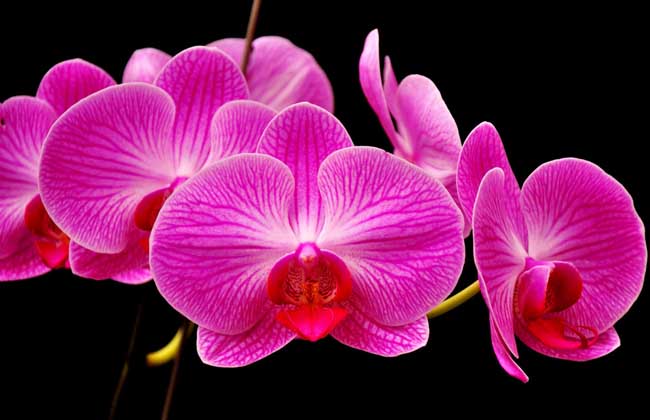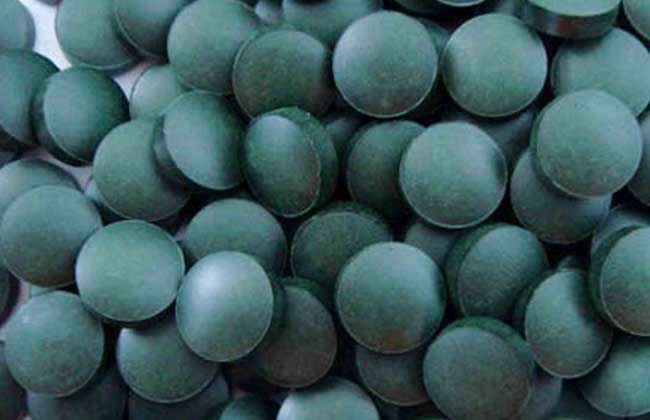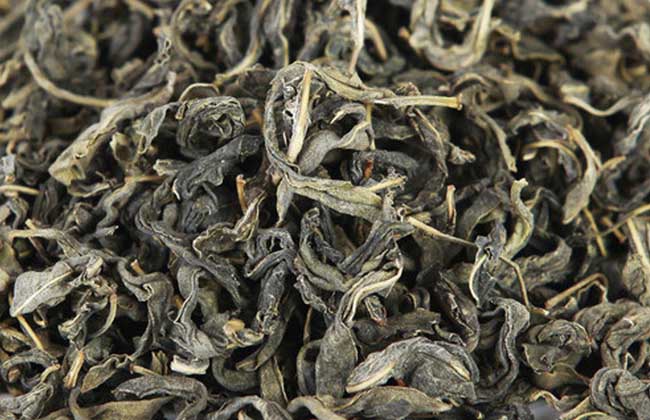How much is a pot of Phalaenopsis?

Phalaenopsis is an epiphytic orchid of the orchid family. It is native to the subtropical rain forest. It gets its name because of its butterfly dancing. It has a very high breeding and ornamental value and is favored by flower fans. It is known as the "queen of foreign orchids". And the market price of Phalaenopsis is also very cheap. Let's take a look at how much it costs per pot.
How much is a pot of Phalaenopsis?
The market price of Phalaenopsis is about 80-300 yuan (about 4-6 better ones). Phalaenopsis is a relatively high-grade flower that has been popular in recent years, and there are more people who recognize it. When choosing Phalaenopsis, it is generally based on the variety, height, crown width, etc., the ordinary price is 30 yuan 35 yuan per branch, if it is decorated, it is about 200 or 300 yuan per pot, and the price of Phalaenopsis seedlings is generally 0.12 yuan per plant.
Culture methods of Phalaenopsis
1. Temperature: Phalaenopsis likes the environment of high temperature and high humidity. The temperature should be increased at the turn of autumn, winter and spring, and when the temperature is low in winter. When the temperature is too high in summer, it should be cooled and ventilated. If the temperature is higher than 32 ℃, it will enter a semi-dormant state and avoid continuous high temperature. The flowering period is around the Spring Festival, and proper cooling can prolong the viewing time. The night temperature during flowering should be controlled between 13 and 16 ℃, but not less than 13 ℃.
2. Humidity: the suitable air humidity for Phalaenopsis growth is 60% to 80%. The new root should be watered more in the prosperous period and less in the dormant period after anthesis. The plants grow vigorously in spring and autumn around 05:00 in the afternoon, and the plants are watered at 09:00 and 05:00 every day. The light is weak and the temperature is low in winter. Watering every other week is enough and should be carried out before 10:00 in the morning. In the event of a cold wave, it is not suitable to water, keep dry, wait until after the cold wave to resume watering.
3. Lighting: although Phalaenopsis likes shade, it still needs to make the orchid plant accept some light, especially before and after flowering, appropriate light can promote Phalaenopsis blossom, make the flowers gorgeous and lasting, generally should be placed indoors where there is scattered light, do not let direct sunlight.
4. Ventilation: the normal growth of Phalaenopsis needs flowing fresh air, so the ventilation of domestic Phalaenopsis must be good, especially in the high humidity period in summer, it must be well ventilated to prevent heat, and at the same time, it can avoid the infection of diseases and insect pests.
5. Fertilization: Phalaenopsis should be fertilized throughout the year and should not be stopped unless the low temperature lasts for a long time. Winter is the flower bud differentiation period of Phalaenopsis, and the cessation of fertilizer can easily lead to no flowers or few flowers. Spring and summer is the growing period, thin liquid fertilizer can be applied every 7 to 10 days, organic fertilizer should be used, Phalaenopsis special nutrient solution can also be used, but do not apply when there are buds, otherwise it is easy to drop buds early. The time of fertilization is after watering in the afternoon, and after several times of fertilization, orchid pots and orchid plants should be washed with a lot of water to avoid residual inorganic salts harming the roots.
6. Diseases: Phalaenopsis is easy to suffer from soft rot and gray spot, and the infection of soft rot is very fast. Once found, the diseased plants can be isolated immediately, and the diseased plants can be controlled by manganese zinc substitutes or good living creatures, usually sterilized once every 15 days. The common cultivation medium of Phalaenopsis is mainly water grass and moss, so the potted plant material should not use soil, but should use water moss, pumice, Alsophila dust, charcoal and so on.
Points for attention of Phalaenopsis
1. Watering too frequently: friends who cultivate Phalaenopsis are always worried about the lack of water, regardless of whether the cultivation medium is dry or not, watering every day, resulting in serious root rot.
2. The temperature is too low: usually the flowering plants of Phalaenopsis are on the market in early spring, and they are generally appreciated in the living room after buying them home. Although the daily temperature in these places is enough, the night temperature is a little too low.
3. Excessive fertilization: apply fertilizer as soon as you have it and do not pay attention to the concentration. You will grow faster if you apply fertilizer. It should be noted that Phalaenopsis should be fertilized with thin fertilizer, a small amount of fertilizer for many times. Keep in mind that "replenishment" should not be excessive, or it will be counterproductive.
4. Large pots and small plants: feel that using large pots can give Phalaenopsis a relaxed environment with sufficient materials. In fact, after using a large basin, the water plant is not easy to dry, it is important to know that Phalaenopsis likes ventilation, ventilation is comfortable.
5. Flower dry bag: today's Phalaenopsis is mostly driven by flowers. After leaving the base, it is easy to have a dry bag problem after the environment changes. At this time, do not think it is dry, do not water more, but increase indoor humidity and control indoor temperature. The temperature should not be too high. Try to buy flowers with thick petals.
Related
- A course of planting techniques and methods on how to grow carrots
- How to plant the latest tulips?
- Is it better to pick tea in the morning or in the afternoon? When is the best time for tea to be picked? what is the third or fifth tea?
- Launch Yuanxiao Happy combination Haocha + Tea Yuan healthy Taste
- Penghu Tourism "Fireworks 20 Parade with You"
- 2022 West Lake Happiness holds "Digital Revitalization Voucher" and draws iphone13 and laptop.
- Banqiao Fuzhou social houses are designed to change start-up combined with police elimination to create a safe and livable environment
- The convenient measure of "mechanical weeding" in Xinbei has been abused and the Agriculture Bureau has imposed heavy penalties on the illegal land consolidation.
- Changgeng University Joins Hands with Four Memory Factories to Rescue Memory Talent Shortage
- The list of Taiwan's top 100 MVP managers is listed by the Director-General of the Farmers' Association of Sanxia District.



